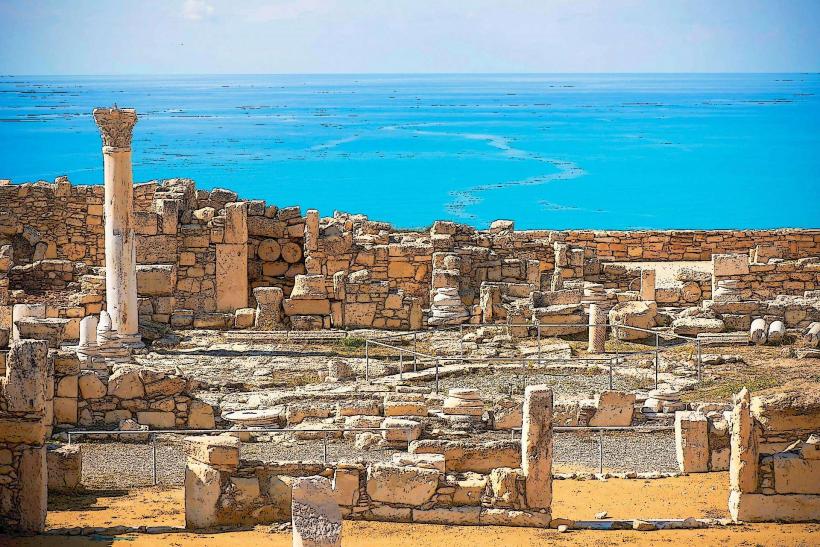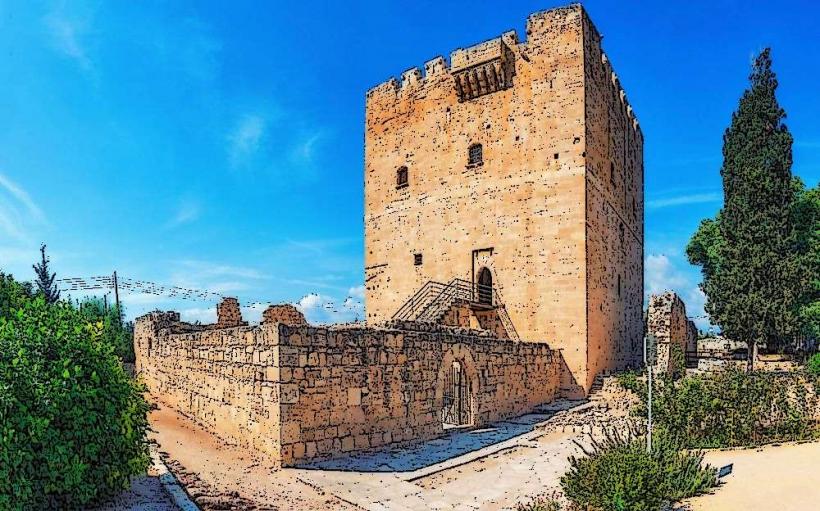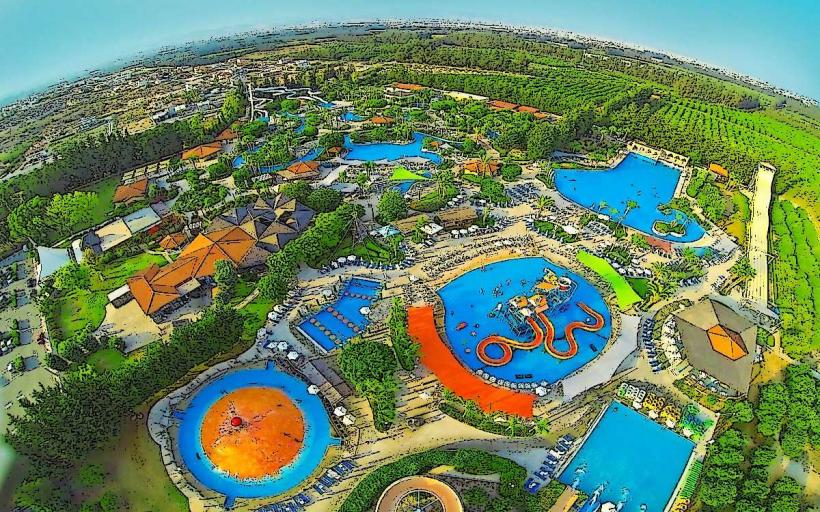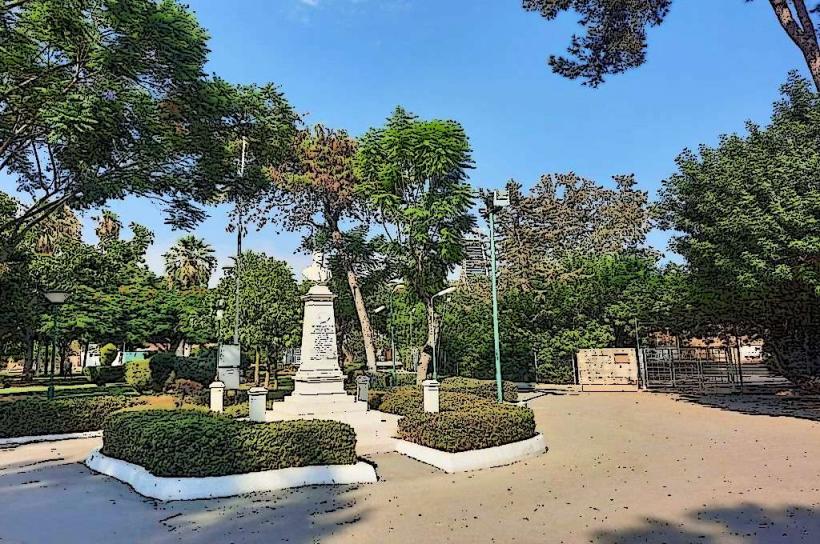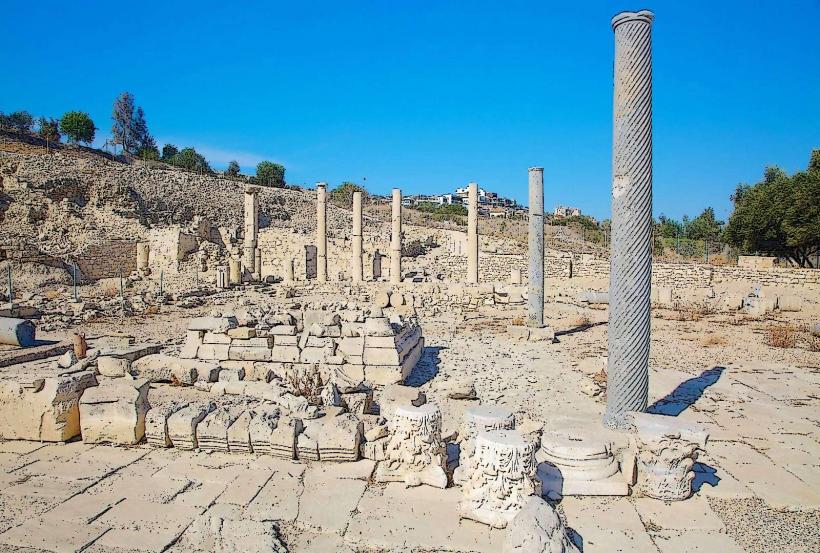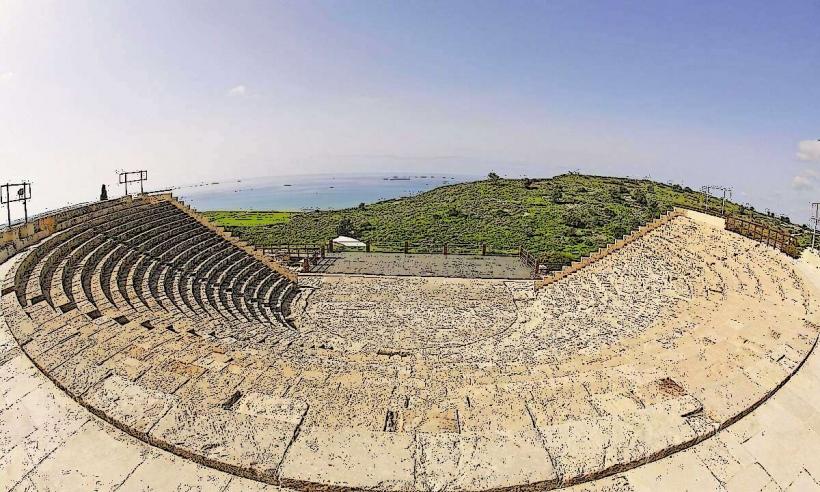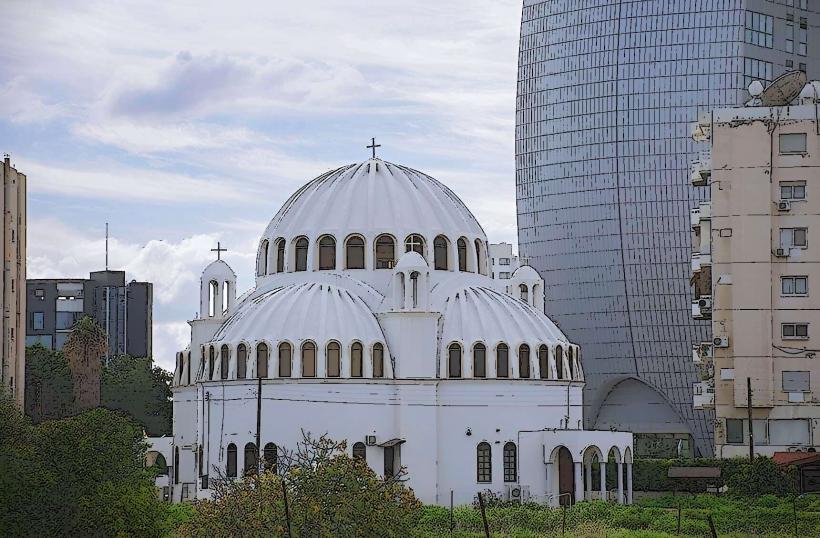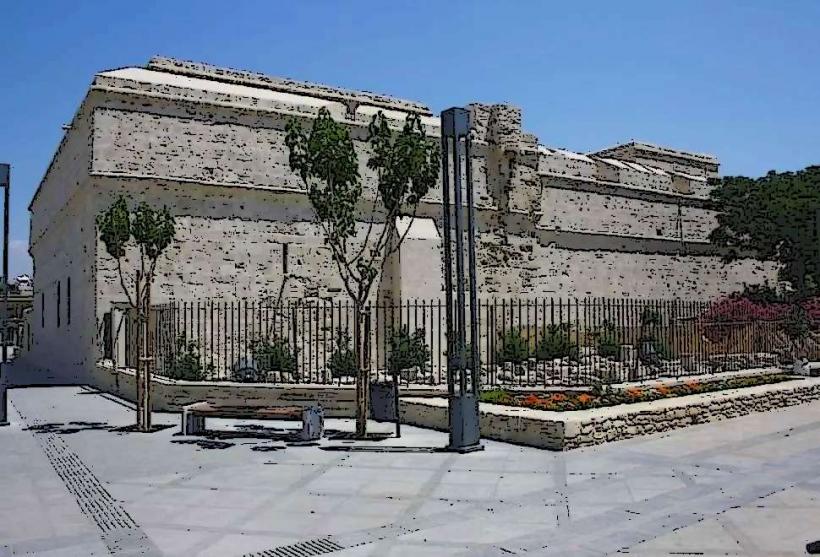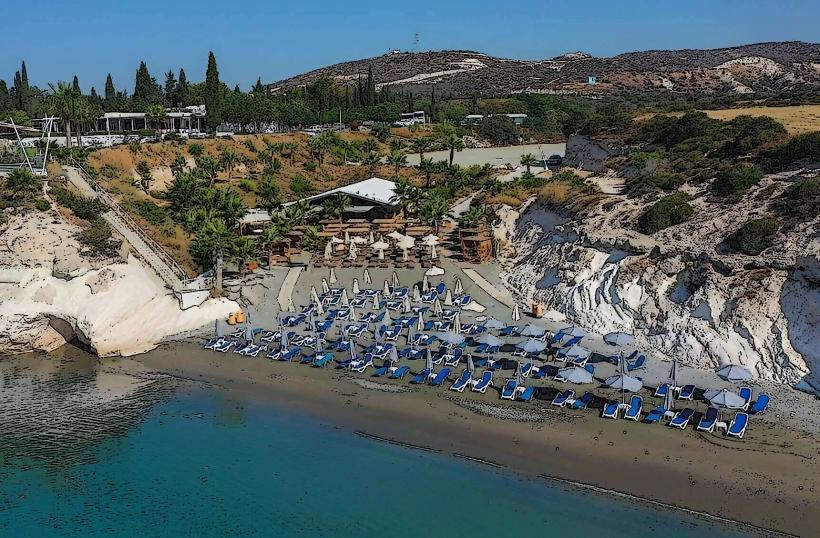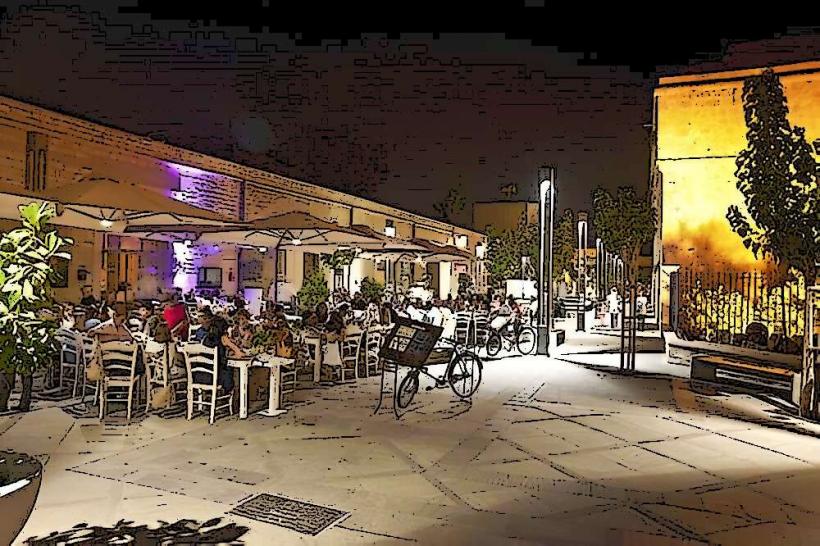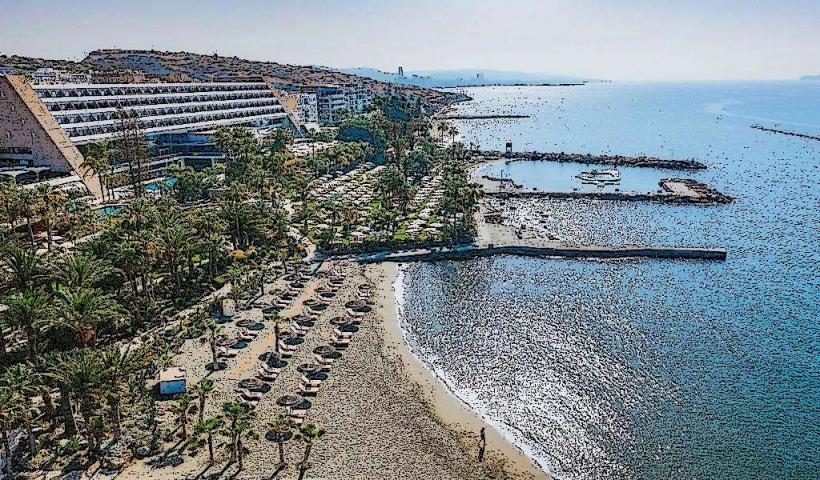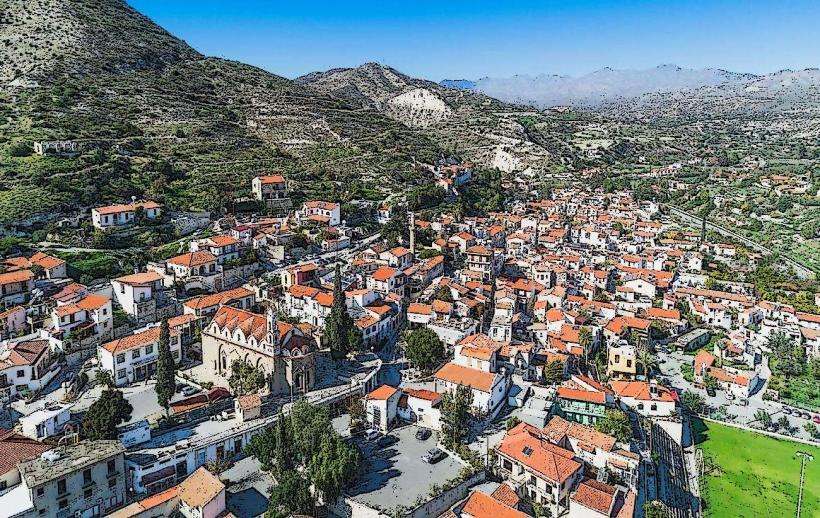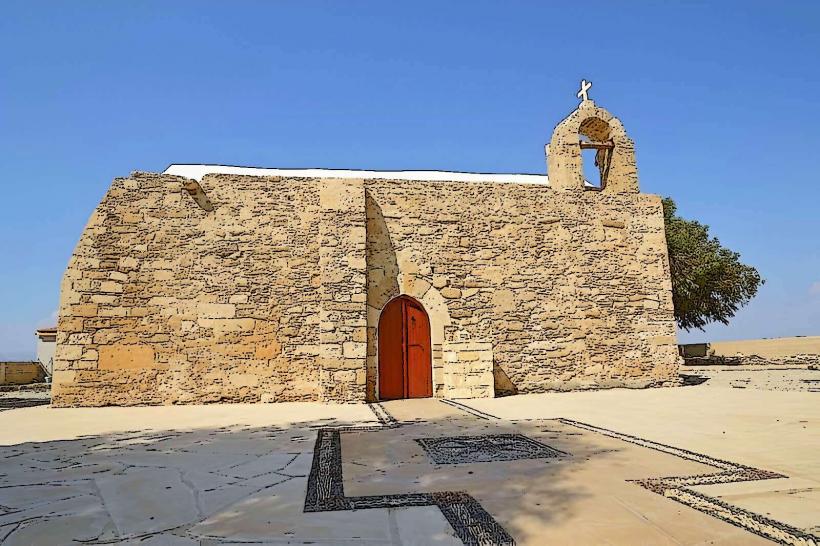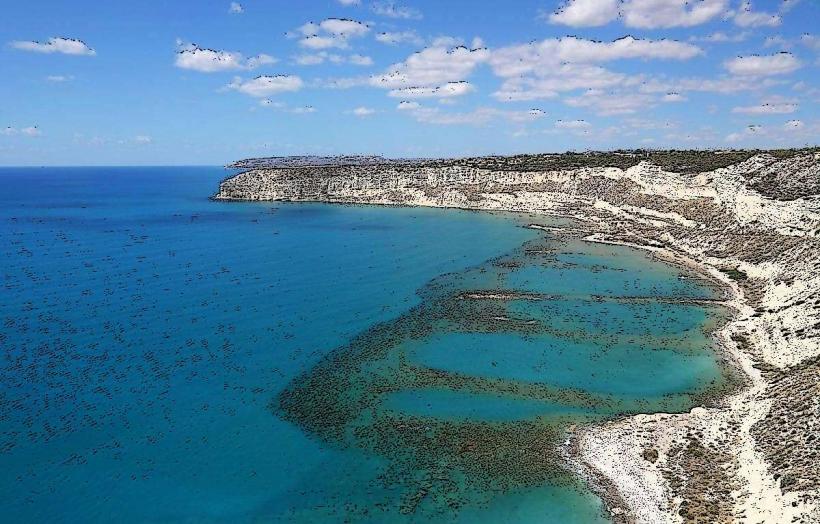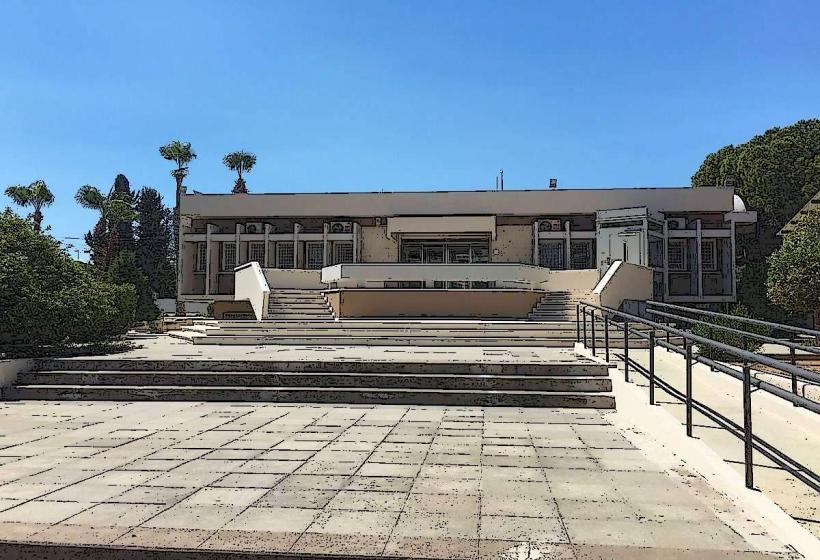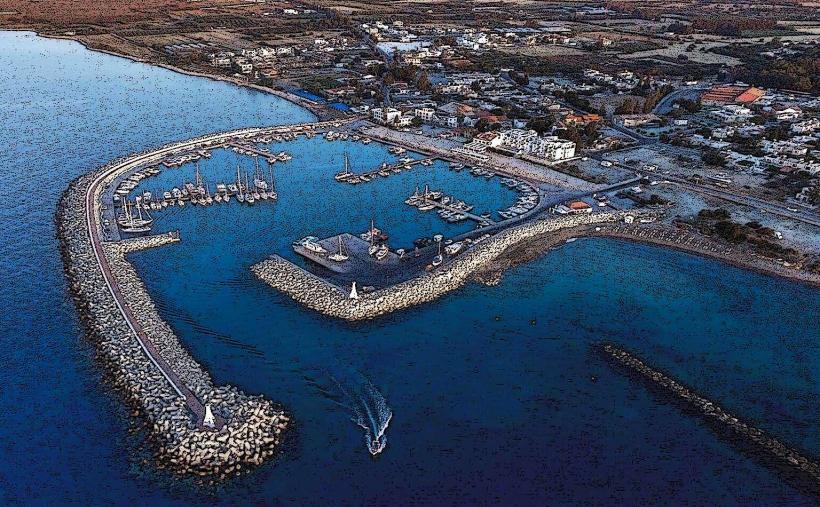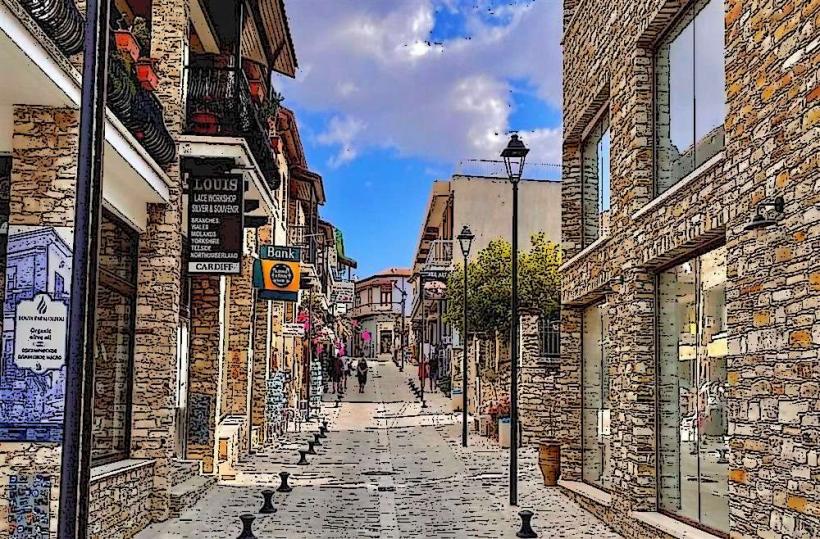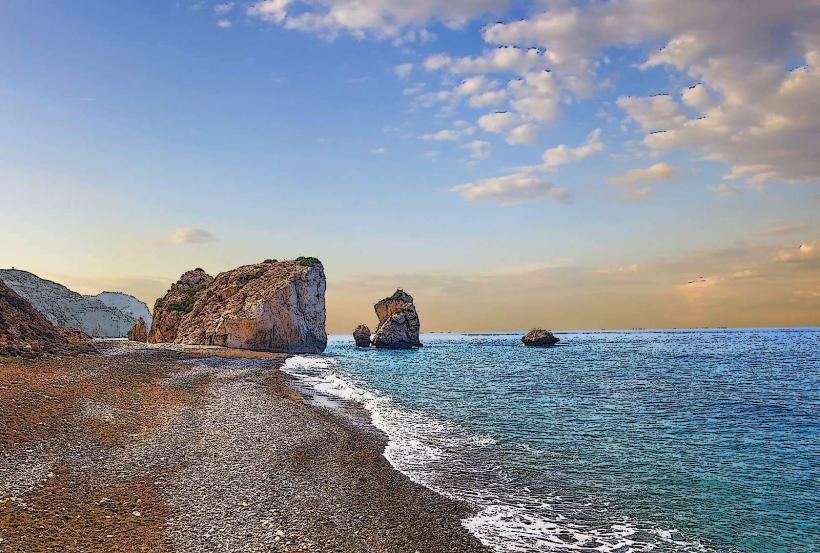Information
Landmark: Limassol CastleCity: Limassol
Country: Cyprus
Continent: Europe
Limassol Castle, located in the heart of Limassol's old town, is a historical landmark with a fascinating history. Here's a detailed overview of its significance and features:
History
Limassol Castle has a deep-rooted history that dates back to the Byzantine period. Its construction began around the 12th century, though it is believed that the site was occupied by earlier fortifications. The castle’s strategic location near the harbor made it an important site for both defense and trade.
Byzantine and Medieval Era: Initially, it was built by the Byzantines to defend the town against pirates and invaders. It underwent several reconstructions and expansions under different rulers. In the 13th century, it was enhanced by the Lusignans, who were the Frankish rulers of Cyprus at the time. Under the Lusignan period, the castle became a royal residence and an important part of the island’s defense system.
Ottoman and British Rule: Following the Venetian occupation and the island's eventual conquest by the Ottomans in 1571, the castle was used for military purposes. It was further modified by the British after Cyprus became a British colony in the 19th century, primarily for administrative purposes.
Architecture
The castle's architectural design is a mixture of different influences from various periods. The most prominent features of its architecture include:
Fortification Walls: The outer walls of the castle are robust, made of stone, and designed to withstand siege attacks. There are defensive towers at the corners, allowing for protection and a wide view of the surrounding area.
Interior Layout: Inside the castle, visitors can explore a series of rooms and halls. Over the centuries, the building has housed various functions, including being a prison in the 19th century. Some of the original Byzantine and Lusignan-era architectural elements are still visible, although they have been modified over time.
The Tower: The central tower is one of the most recognizable features of the castle. It was likely built during the Crusader period and has a commanding presence within the castle grounds.
Cultural Significance
Museum: Today, Limassol Castle houses the Cyprus Medieval Museum, where visitors can explore a wealth of artifacts from the medieval period, spanning from the Byzantine era to the Lusignan, Venetian, and Ottoman periods. The museum features items such as:
- Byzantine pottery and jewelry
- Coins and weapons
- Medieval-era sculptures and architectural elements
King Richard the Lionheart: According to legend, Richard the Lionheart of England married Berengaria of Navarre in Limassol in 1191. This event is often linked with the castle’s prominence in Cypriot history, though historical records around the exact location of the marriage vary.
Strategic Importance: The castle’s location at the harbor was crucial throughout its history. It was a symbol of power, used to safeguard the trade routes and the city’s prosperity. Its strategic role during the various occupations by the Byzantines, Franks, and Ottomans helped shape Limassol into a key coastal city.
Restoration and Accessibility
Restoration: Over the years, Limassol Castle has undergone several restorations. Its most recent restoration took place in the 20th century, preserving its medieval character while making it accessible to visitors.
Tourist Attraction: Today, it is one of Limassol's major tourist attractions, and visitors can freely explore the museum, the castle's courtyard, and the surrounding area. The site offers breathtaking views of the old town and the Mediterranean Sea.
Events and Functions
The castle also hosts cultural events, including exhibitions, medieval-themed festivals, and concerts, making it a vibrant part of the cultural scene in Limassol.
Nearby Attractions
Limassol Castle is centrally located within the old town, so visitors can easily access nearby historical sites, local shops, and restaurants. The picturesque promenade along the sea is also a short walk away, offering scenic views of the coastline.
Conclusion
Limassol Castle is not only a beautiful architectural gem but also a key piece of Cyprus' rich history, particularly its medieval and Ottoman eras. It stands as a symbol of the island's strategic importance and cultural heritage, providing visitors with both historical insight and a chance to enjoy the stunning views of the surrounding area.

